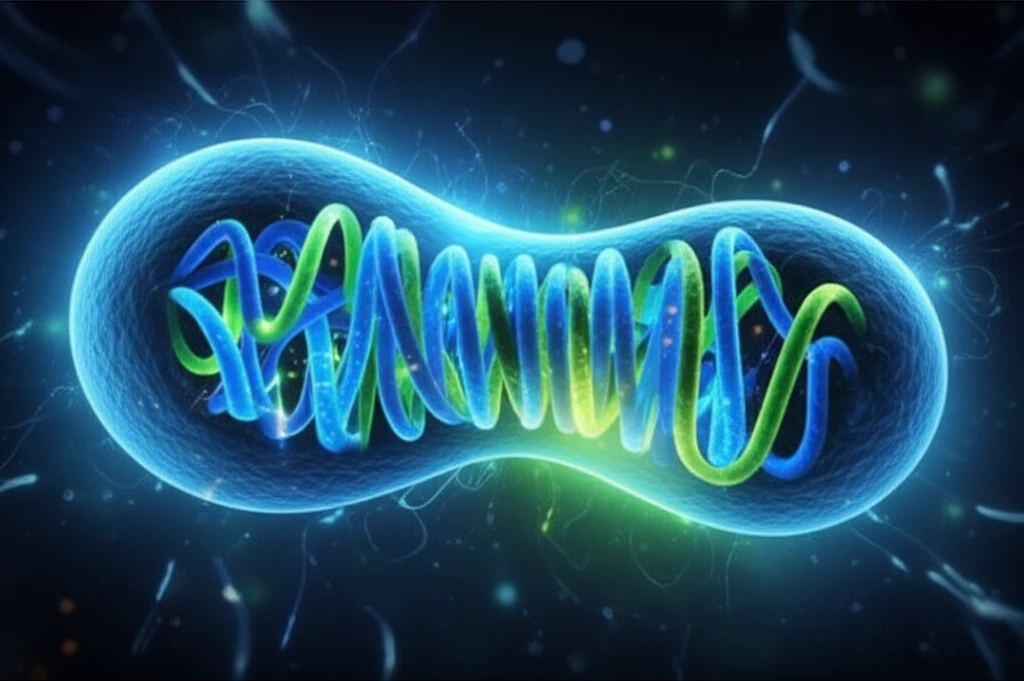
Decoding the Cell's Secrets: How Scientists Unraveled a Key to Cellular Energy and Survival
"Unlocking the Mysteries of Mitochondria: A Groundbreaking Discovery with Implications for Health and Disease"
Imagine your cells as tiny cities, each buzzing with activity. Within these cities are power plants called mitochondria, responsible for generating the energy that keeps everything running smoothly. Just like any city, these cells need a sophisticated communication system to respond to external changes and maintain optimal function. This communication system relies on 'second messengers,' specific molecules that translate signals and adjust cellular behavior accordingly.
In a groundbreaking study, researchers have illuminated a previously unknown aspect of this communication network, specifically focusing on the interplay between two crucial second messengers: cAMP and calcium ions (Ca2+). This discovery, published in the Journal of Cell Science, unveils a novel feedback loop that impacts how mitochondria function, with potential implications for a range of health-related issues.
This article dives into the fascinating findings of this research, explaining the intricate mechanisms at play and highlighting the potential impact on our understanding of cellular processes. We'll explore how these findings could pave the way for new approaches to address various health challenges. The study, led by Gergő Szanda, provides key insights into the cellular mechanisms, including energy production, cell survival, and the role of mitochondria.
Unveiling the Mitochondrial Communication Network: cAMP, Calcium, and the Energy Balance

The research centers around understanding how cells respond to stimuli and adapt their behavior. The study sheds light on the inner workings of mitochondria, the powerhouses of our cells. The scientists found a new way cAMP and calcium ions (Ca2+) interact within mitochondria. It was already known that calcium activates an enzyme that produces cAMP. The team found that cAMP, in turn, speeds up the rise in mitochondrial Ca2+.
- Stimulus Response: Cells receive signals from outside (extracellular), then translate them into intracellular information.
- Second Messengers: Molecules like cAMP and Ca2+ decode these signals.
- Mitochondria's Role: These organelles adjust their function based on the cell's needs.
- New Interaction: The study found that cAMP speeds up the rise in mitochondrial Ca2+ in addition to the known processes.
- Consequences: Altered Ca2+ levels can modify energy production and cell survival.
Looking Ahead: The Future of Cellular Research and its Impact on Health
The discovery of this cAMP and Ca2+ feedback loop in mitochondria is a significant step forward in understanding cellular processes. It provides a new perspective on how cells manage energy, respond to external stimuli, and maintain overall health. As research continues, these findings could lead to new therapies and strategies for tackling diseases where mitochondrial dysfunction plays a role. This work emphasizes the importance of exploring the intricate communication networks within our cells, promising exciting advancements in the years to come.
